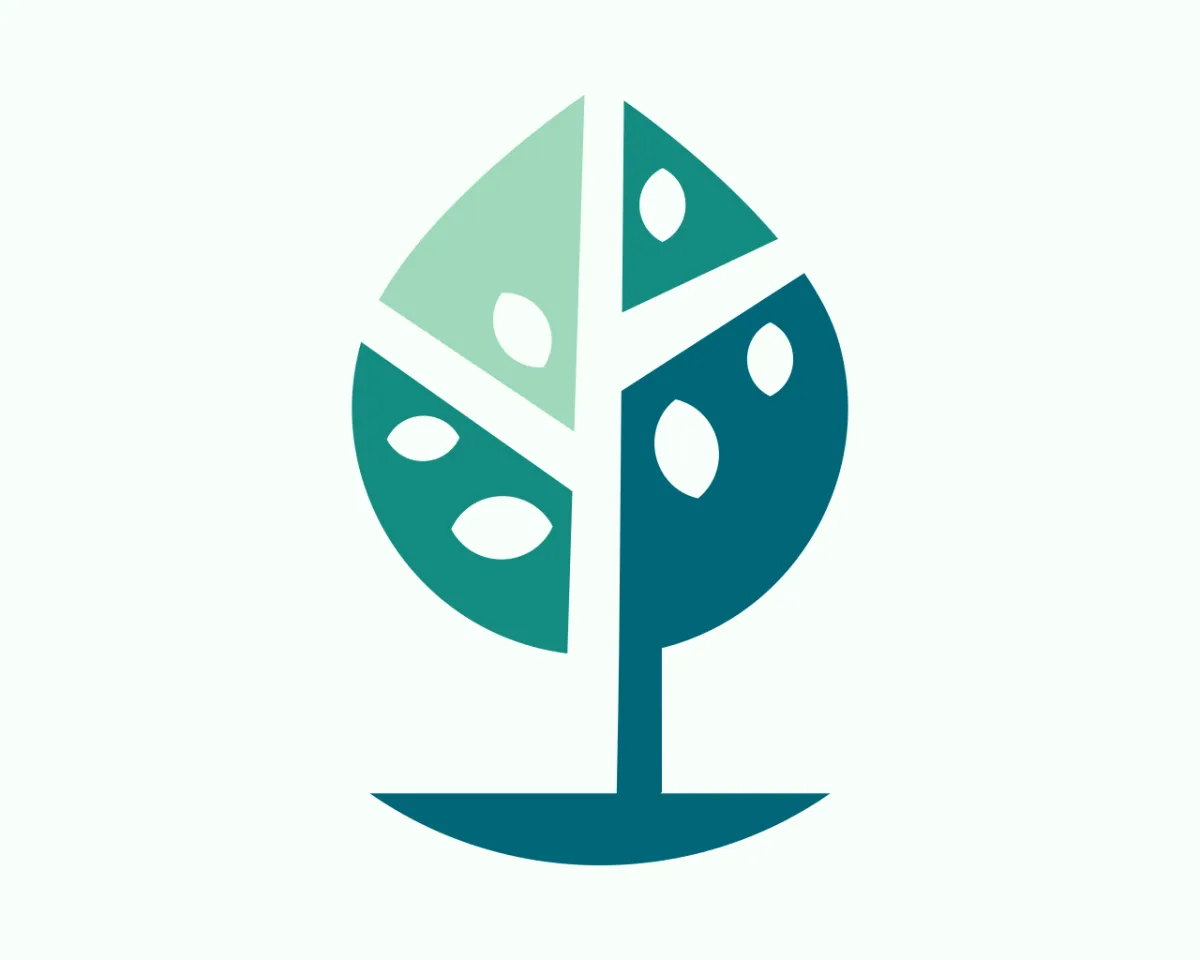
Why connection, not fear, drives conservation
Conservation organizations have long relied on "fear appeals" — stark warnings about habitat loss, species extinction, and environmental collapse — to motivate people to act. It's a familiar strategy, and intuitively, it makes sense: highlight the urgency, and people will respond.
But new research suggests that fear may not be the most effective driver of conservation behavior after all. In fact, connection — not fear — is what truly moves people to care, act, and give.
A recent study conducted by researchers at Cardiff University, the University of Essex, and the University of Cambridge compared two common conservation messaging strategies: threatening messages that emphasize dire consequences, and connecting messages that foster a personal relationship with nature. Their findings offer important lessons for conservation organizations looking to inspire action and grow support.
Fear-based messaging falls flat
In the study, participants watched nature videos paired either with threatening messages ("Half of the world’s rainforests are gone") or with connecting messages ("Fossil records show Southeast Asia’s forests have existed for 70 million years").
The results? Fear-based messages increased negative emotions — but they didn't translate into greater conservation behavior. Participants who saw threatening messages were no more likely to donate to conservation organizations, choose eco-friendly products, or engage with conservation websites than those who saw neutral videos with no messaging at all.
Without a strong sense of personal efficacy — the belief that their actions can make a difference — fearful messages often caused people to shut down emotionally, leading to avoidance, denial, or disengagement.
Connection inspires caring — and action
In contrast, connecting messages had a clear positive impact. Participants exposed to connection-focused communications reported higher levels of caring and openness, lower negative emotions, and were significantly more likely to:
Choose environmentally friendly products
Donate to conservation causes
Spend more time learning about conservation organizations
Rather than scaring people into action, connecting messages educated participants about nature in a relatable, personal way — fostering a sense of belonging, empathy, and personal responsibility.
Why it works: Insights from motivation theory
These findings align with Self-Determination Theory, a leading psychological framework. Humans are naturally driven to form connections — not just with other people, but with the world around them. When conservation messaging satisfies this need for connection, it promotes intrinsic motivation, openness, and prosocial behaviors like generosity and environmental stewardship.
Fear, by contrast, can backfire when people feel overwhelmed or helpless. Without a clear, attainable action pathway, fearful messages may lead to defensive reactions, emotional disengagement, or apathy.
Implications for conservation marketing
Conservation marketing is about more than just awareness — it’s about inspiring lasting action. This research reinforces an important point:
👉 To grow support for conservation, organizations must lead with connection, not catastrophe.
That means designing communications that:
Personalize nature by telling stories of individual animals, habitats, and ecosystems
Highlight positive, relatable facts about the natural world
Foster feelings of wonder, empathy, and empowerment
Avoid overwhelming audiences with apocalyptic messaging without offering clear, hopeful paths forward
When people feel connected, they are more willing — and eager — to protect what they love.
Final Thought
The work of conservation is too important to leave to chance — and so is the way we communicate about it. At Green Thread Media, we help conservation organizations craft messages that don't just inform, but truly inspire. Because when we tell better stories, we build a bigger movement for nature.


Facebook
LinkedIn